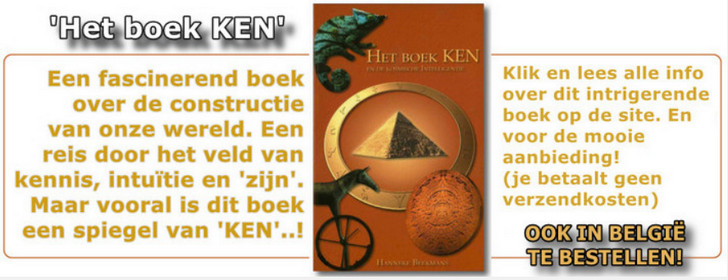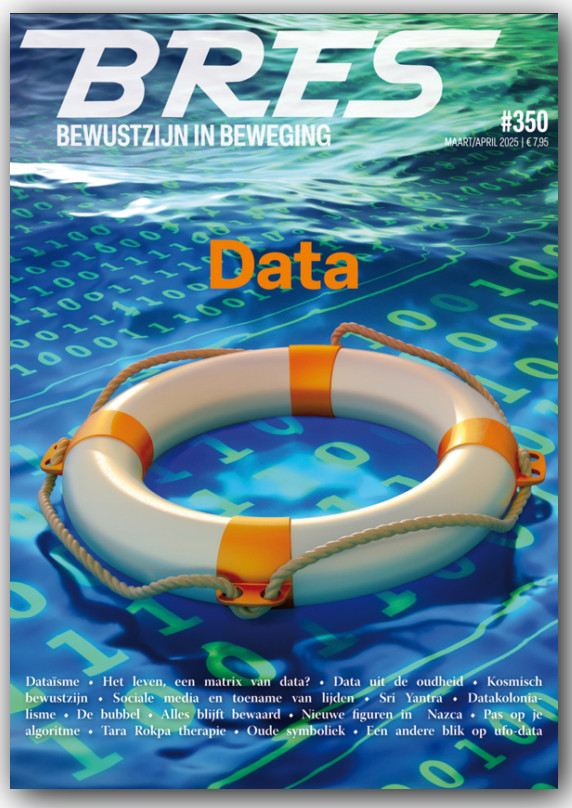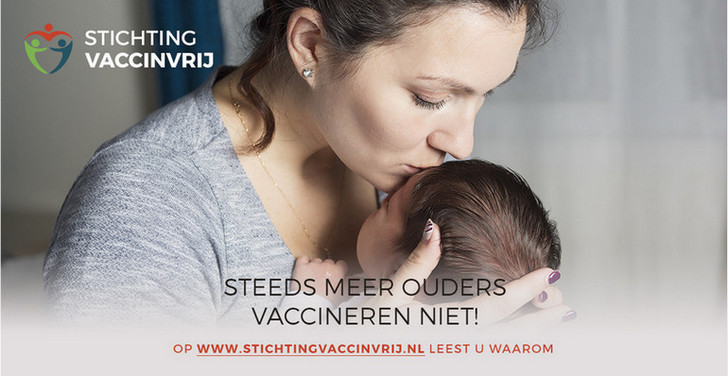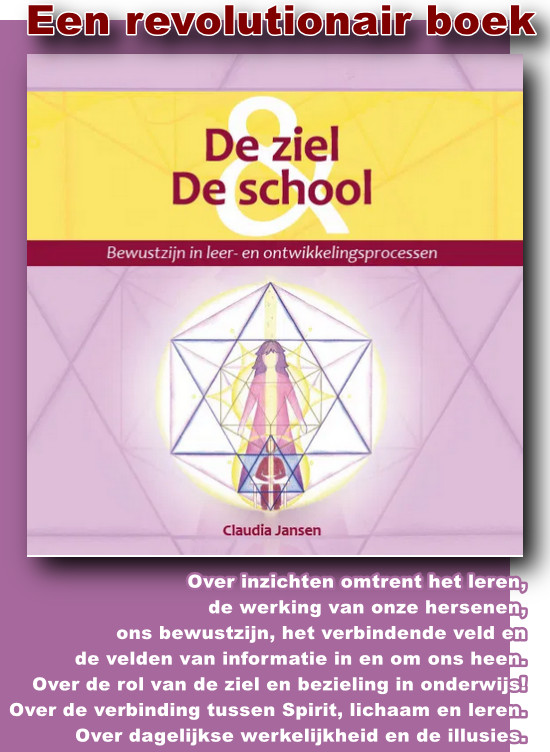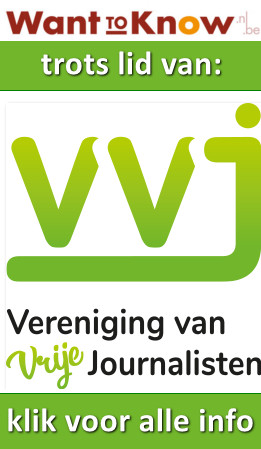Help to End Poverty
Dear friends,
Without donating a penny, you can help end poverty in a very real way. Investing in microcredit or microfinance is not a donation or charity. Like other investments, the money is always yours. You even earn a small amount of interest. Yet for every $1,000 you invest, you can end poverty for several entire families in the developing world every year. That is why the United Nations declared 2005 to be the International Year of Microcredit and why the founders of the microcredit movement were awarded the Nobel Peace Prize in 2006. Major media articles have sung the praises of microcredit, also known as microfinance and microlending:
New York Times: Tiny Loans Make a Big Difference in Lives of Poor
http://www.nytimes.com/2004/03/29/technology/29venture.html
USA Today/Associated Press: Microcredit pioneers win Nobel Peace Prize
http://www.usatoday.com/news/world/2006-10-13-norway-nobel_x.htm
Wall Street Journal: A new way to do well by doing good
http://www.post-gazette.com/pg/06005/633114.stm
BusinessWeek: Microfinance funds lift poor entrepreneurs—and benefit investors
http://www.businessweek.com/magazine/content/05_19/b3932134_mz070.htm
The Economist: Microcredit in India, High finance benefits the poor
http://www.economist.com/displayStory.cfm?story_id=2413549
For a powerfully inspiring talk by the Nobel-prize-winning founder of the first microcredit institution:
http://audio.commonwealthclub.org/audio/podcast/cc_20080117_yunus.mp3
How Microcredit Works
Example 1. Mariate Banda runs a small beauty shop in Zambia near the South Luangwa National Park. Visitors to the park flock through her town, but few tourists venture into her shop, as it lacks the modern hair dryers travelers expect. Her small income makes saving difficult. "My life’s ambition is to have my own equipment" she says—even one modern hairdryer for tourists (see photo & description of Mariate in the Sept 2005 issue of National Geographic, p. 120).
Using your investment through the growing international microcredit movement, Mariate takes out a microloan of $100—small by western standards, but more than enough to pay for a modern hairdryer in Zambia. With the increased tourist traffic to her shop, Mariate pays back her loan within a year. Once the loan is repaid, she has now greatly increased her income and can afford to keep her children in school, give them good medical care, and build her business further. You pulled this family out of poverty!
Example 2. Working 10 to 12 hours six days a week, 36-year-old Supratno drives a pedicab (bicycle taxi with three wheels) in the suburbs of Jakarta, Indonesia. As over 50% of his daily income goes to pay rental fees to the large syndicate which monopolizes pedicab rentals in Jakarta, he barely ekes out a living for his family of four. His daily income averages about US $4 per day, which is only enough to put rice and vegetables on the table for his family twice a day. He cannot afford to pay the small fees for administration and mandatory school uniforms to send his children to public school.
Taking out a microcredit loan of $200 from money you invested, Supratno buys his own pedicab for the first time in his life. As all income now goes directly to him, his daily income is more than doubled. Within a year, he pays back the $200 loan and can now afford to send his children to school and give them three good meals every day. You pulled this family out of poverty!
The microcredit process is actually a little more involved than described above. Business plans are required to be submitted to a volunteer cooperative and loans are made in increments, but you get the picture. Your loan of $1,000 for one year can literally pull several entire families out of poverty for good in the developing world. The interest you receive on your microcredit investment is low—generally up to four percent—but you have the satisfaction of knowing that for every $1,000 invested, you have helped several families every year to pull out of poverty and live a much better life! I’d say that’s a pretty good return on your investment.
When I first heard about microcredit back in 1999, I was very excited. As a part-time interpreter for the US Department of State and a part-time nurse, my work provided no retirement benefits, so I had diligently been investing a percentage of my income in order to be able to retire at a reasonable age. I had saved over $100,000 towards my retirement at the time and was interested in finding better ways to invest this money.
Socially Responsible Investing and Microcredit
For many years prior I had practiced socially responsible investing (SRI), where both the investor’s financial needs and an investment’s impact on society are considered. With SRI, I had the high returns of Wall Street on my investments while knowing that my money was not being used to promote socially damaging concerns such as alcohol, tobacco, gambling, weapons, and sweat shops. For more on SRI, click here.
With microcredit, I realized I would be giving up the high returns I had been getting with SRI. Yet knowing that every $1,000 dollars I invested would help to pull several families out of poverty every year, I was more than happy to settle for a 2% return. Within a few years, I had every penny possible invested in microcredit. So though I’m only getting a modest (but very secure) financial return on my retirement investments, I’m now helping hundreds of families every year to pull out of poverty!
Addressing the International Year of Microcredit, UN Secretary-General Kofi Annan stated, "Microfinance has proved its value as a weapon against poverty and hunger. It really can change peoples’ lives for the better—especially the lives of those who need it most. With access to microfinance, [the poor] can move beyond day-to-day survival towards planning for the future. They can break the vicious circle of poverty. Microfinance is not charity. It is a way to extend the same rights and services to low-income households that are available to everyone else. It grows productive enterprises and allows communities to prosper. Let us use this International Year of Microcredit to put millions of families on the path to prosperity."
For the official website of the International Year of Microcredit, see http://www.yearofmicrocredit.org. Also referred to as "community investing," you can learn more about transferring your savings and investments to microfinance by clicking here. For detailed information on specific microcredit organizations and more, see the community investment database at http://www.communityinvestingcenterdb.org. Download a free 24-page guide to microcredit and community investing by clicking here. And note that these investments are not influenced by market fluctuations.
Many organizations specialize in microcredit investments. Most require a minimum investment of $1,000 or more. For a table of respected microcredit organizations: click here. Calvert Foundation has worked best for me, as they have a great track record and channel their investments into numerous respected microcredit organizations worldwide. Calvert also allows you to choose in which region you want to invest. I have all of my money invested internationally because $1,000 goes a lot further in the developing world than it does in industrialized countries. If you are interested, see the Calvert Foundation website or call 800-248-0337. For those outside of North America, see http://www.oikocredit.org.
Even if you don’t have much money, consider investing just $1,000 as a way of knowing you are helping other families to pull out of debt. If you have an investment portfolio, consider putting 10% or more into microcredit as a way of playing your part in creating a more fair and just world for all. If your investments are tied up in 401(k)s or other tax-deductible instruments, call 800-248-0337 to learn about ways you can transfer these funds to microcredit. To make a smaller microloan and make a difference in someone’s life, see http://www.kiva.org ($25 minimum). By investing whatever amount feels right to each of us, we can and will build a brighter future for ourselves and all who share our world. Thanks for caring, and you have a great day!
With very best wishes for a transformed world,
Fred Burks for this website and the PEERS Team
Former language interpreter for Presidents Bush and Clinton
P.S. For an excellent financial planning handbook focused on socially responsible investing and microcredit: http://www.coopamerica.org/pubs/fph/index.cfm. And to move your checking and savings accounts from profit oriented banks to membership run credit unions, click here and here. As I am very passionate about ending poverty through microcredit, feel free to contact me with any questions by clicking here.
See our collection of inspirational resources here
Explore these empowering websites coordinated by the nonprofit PEERS network
These are Educational websites promoting transformation through information and inspiration
www.momentoflove.org – Every person in the world has a heart
www.WantToKnow.info – Reliable, verifiable information on major cover-ups
www.inspiringcommunity.org – Building a Global Community for All
www.weboflove.org – Strengthening the Web of Love that interconnects us all


